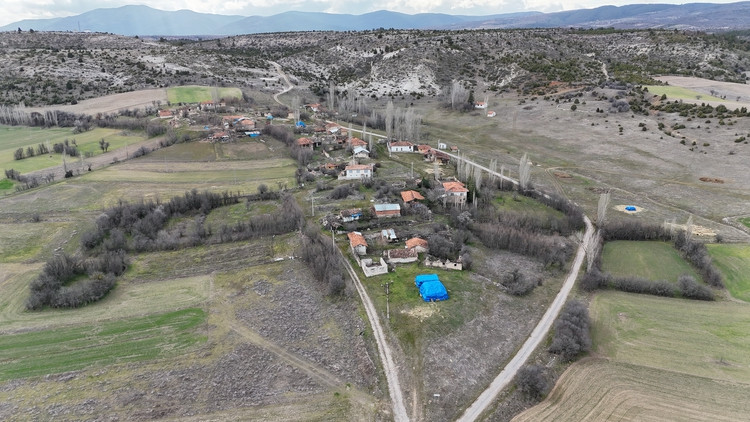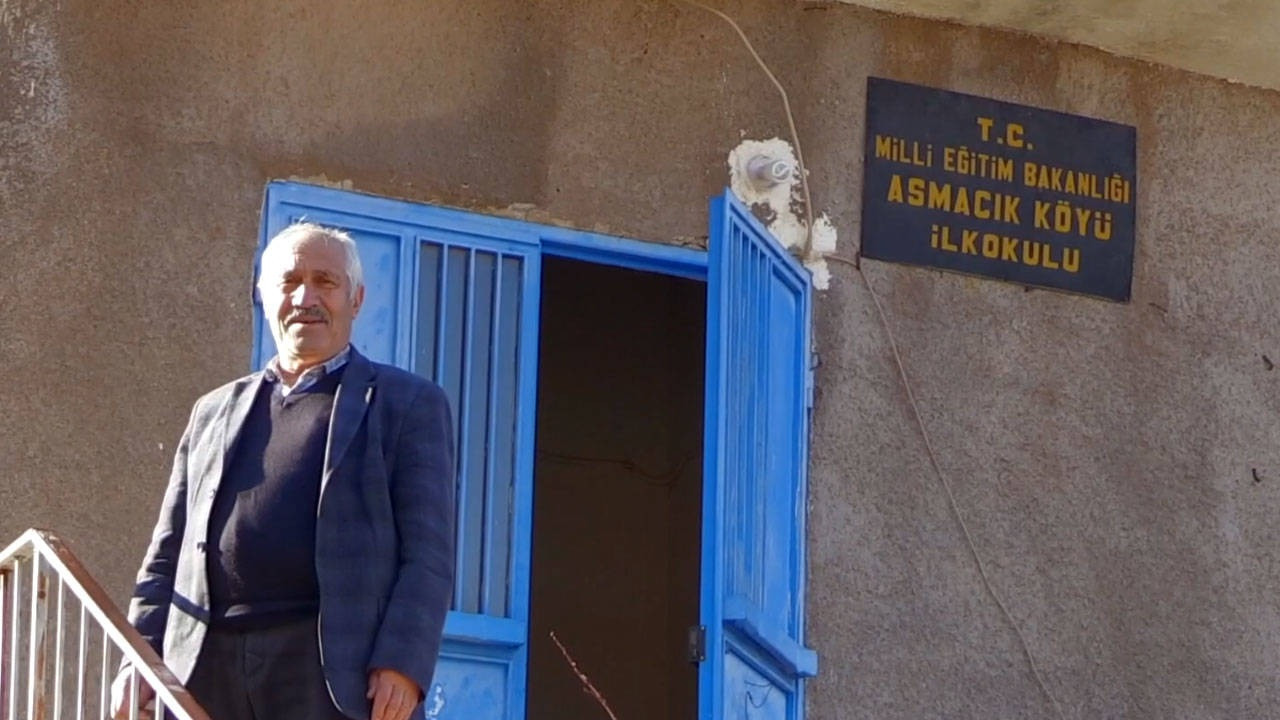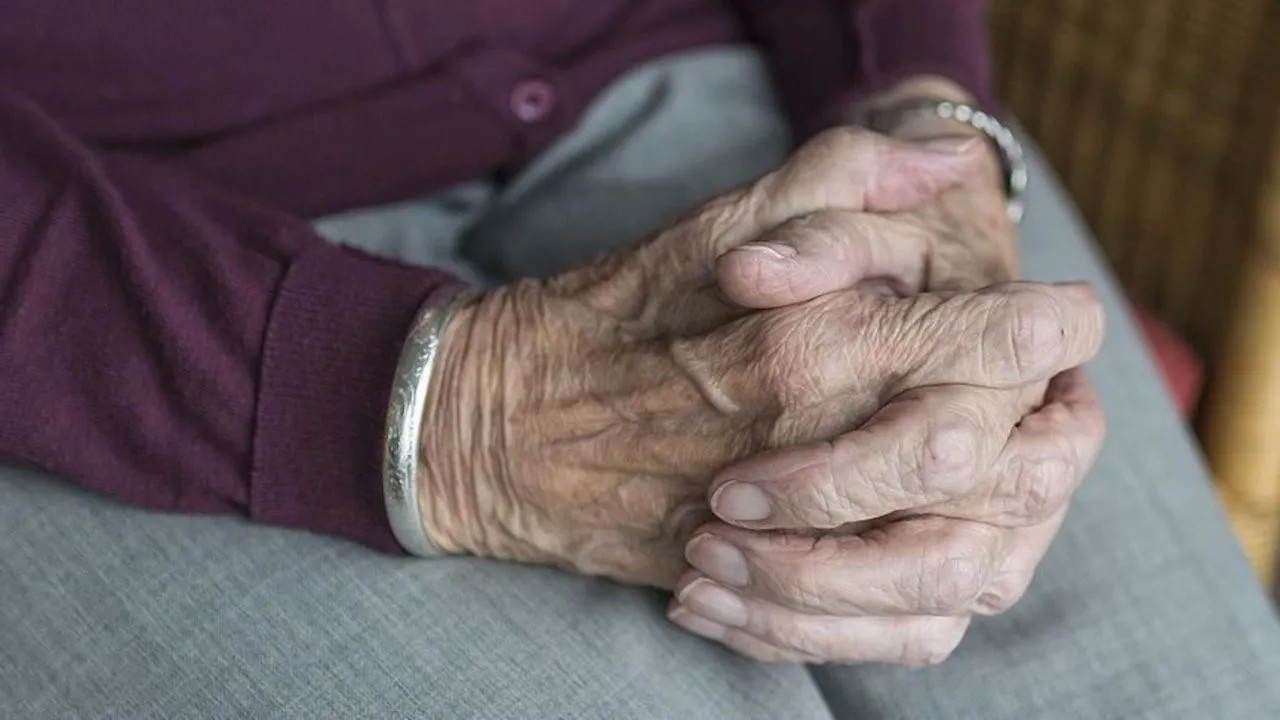Man lives alone in Turkey’s Aegean village for two years after wife dies
The 87-year-old İbrahim Elaslan is the only resident left in the Kalfalar Village of Turkey’s Aegean Kütahya province, since his wife Naime's death in 2022. The Elaslan household was alone in Kalfalar for around ten years, as the village population dwindled after a 1970 earthquake.
Duvar English
The 87-year-old İbrahim Elaslan has been living alone for the past two years in western Turkey’s Kalfalar Village, one of the least populated places in the country according to the Turkish Statistical Institute (TÜİK). Anadolu Agency (AA) on Feb. 27 documented Elaslan’s solitary life in the village.
Residents of the village began to emigrate after the 7.2-magnitude earthquake of 1970 in Kütahya. Some moved to the earthquake residences built in a nearby village, and others went to cities.

From mid 2010s onwards, İbrahim and his wife Naime Elaslan were the only residents left in the once 100-household village. When Naime died in 2022, İbrahim was left alone in the village. His four children and 11 grandchildren live in other districts and villages.
Elaslan tends to his own needs in the empty village, roams the streets, spends time gardening, and uses the mosque to which he holds the keys.
Elaslan stated he enjoyed living alone in the village despite its difficulties. He was unwilling to move in with his children, as he felt he “represented” his village. He said he did not want to leave Kalfalar until he died.
“When I am bored, I go to the nearby villages for shopping. I go to the coffee house, and visit my wife’s grave in the Örencik village,” the senior citizen said.
The village head (muhktar) of the Örencik village Ahmet Açar also oversees the Kalfalar village since 2019. “Many of the homes have collapsed in the village. Only Uncle İbrahim is left there,” he stated.
93% of Turkey's population resides in urban centers, revealed the 2023 census by TÜİK. The country's urban population increased steadily since the 1950s, as citizens in rural centers and villages sought job opportunities in big cities.


 Turkey marks least population growth of decade in 2023 Domestic
Turkey marks least population growth of decade in 2023 Domestic Muhktar seeks seventh term in village with 15 voters, including five family members, in TurkeyDomestic
Muhktar seeks seventh term in village with 15 voters, including five family members, in TurkeyDomestic Turkey’s elderly population increased by 24 percent in five yearsDomestic
Turkey’s elderly population increased by 24 percent in five yearsDomestic